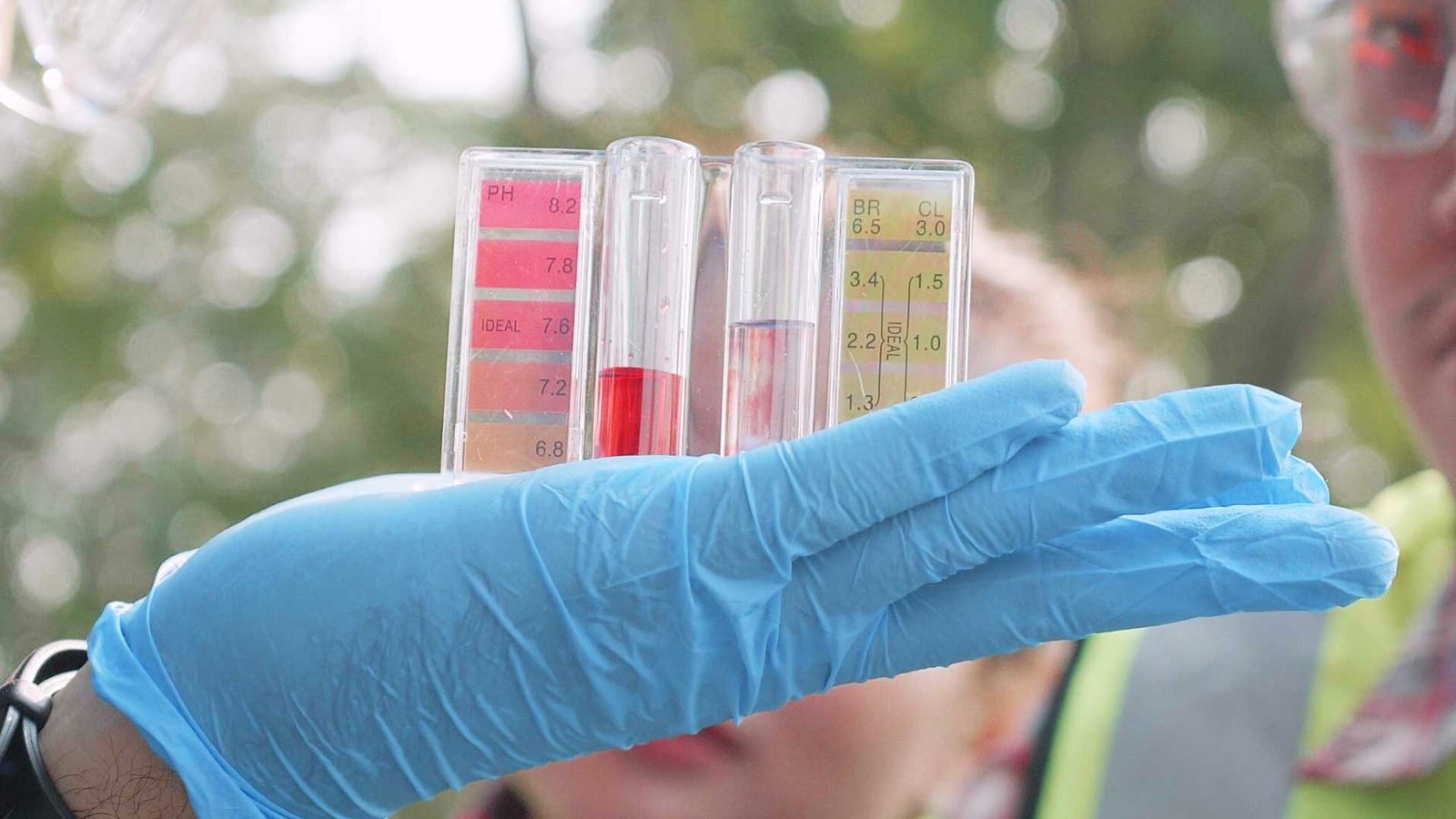Water is the most essential resource for life on Earth, playing a critical role in the environment, industry, and our personal health. One of the key characteristics of water that affects all these areas is its pH value. The pH scale measures how acidic or basic (alkaline) a substance is, ranging from 0 to 14. Pure water has a pH of 7, which is considered neutral. Any value below 7 indicates acidity, while a value above 7 indicates alkalinity. In this guide, we will delve into the significance of pH in water, how it is measured, and its impact on various aspects of life and the environment.
The Importance of pH in Water
The pH value of water is crucial for several reasons:
- Environmental Health: The pH of water bodies influences the types of organisms that can live there. A significant shift away from the neutral range can lead to a decline in aquatic life, affecting the entire ecosystem.
- Human Health: Drinking water with a very high or very low pH can be harmful. Acidic water can corrode metal pipes, releasing toxic metals like lead into the water supply. Alkaline water, while not directly harmful, can have a bitter taste and adversely affect those with certain health conditions.
- Industrial Applications: Many industrial processes, such as chemical manufacturing, pharmaceuticals, and food processing, require water with a specific pH to ensure product quality and safety.
How Is pH Measured?
pH can be measured using litmus paper, pH strips, or more accurately, with a pH meter. A pH meter determines the pH of a solution by measuring the voltage difference between two electrodes. This method is preferred for its precision, especially in scientific and industrial settings.
Factors Influencing Water pH
Several factors can alter the pH of water:
- Natural Processes: Carbon dioxide from the atmosphere dissolves in water, forming carbonic acid, which can slightly lower the pH. The presence of certain minerals in groundwater can also affect its pH.
- Pollution: Acid rain, resulting from industrial pollutants mixing with atmospheric moisture, can significantly lower the pH of water bodies, harming aquatic life.
- Agricultural Runoff: Fertilizers and pesticides can alter the pH of soil and water, affecting crop health and water quality.
Benefits of Optimal pH Value
- Ecosystem Health: A balanced pH in water bodies supports biodiversity by maintaining the conditions necessary for various aquatic organisms to thrive. This balance is crucial for the food chain and overall ecosystem functionality.
- Water Safety for Consumption: Water with a neutral pH is generally safe for human consumption, as it is less likely to harbor harmful pathogens or leach toxic substances from pipes and infrastructure.
- Agricultural Success: Proper pH levels in irrigation water contribute to the health and productivity of crops. Water that is too acidic or too alkaline can hinder plant growth, affect nutrient uptake, and lead to poor crop yields.
- Industrial Efficiency: Many industries depend on water with specific pH levels for processes such as dyeing fabrics, manufacturing paper, and brewing beer. The right pH ensures that chemical reactions occur correctly, yielding high-quality products.
Harmful Effects of pH Imbalances
- Environmental Degradation: Water bodies with pH levels outside the neutral range can experience a loss of biodiversity. Acidic waters, for example, can lead to the dissolution of aluminum from soil, which is toxic to many aquatic organisms. Alkaline waters can precipitate essential nutrients, making them unavailable to aquatic life.
- Health Risks: Drinking water with a significantly high or low pH can be harmful. Acidic water may corrode pipes, releasing metals like lead and copper into the water supply, which can lead to serious health issues, including neurological damage and gastrointestinal distress. Extremely alkaline water can disrupt the body’s acid-base balance, leading to metabolic alkalosis, a condition that may produce symptoms such as nausea, vomiting, and muscle twitches.
- Infrastructure Damage: Corrosive water (usually acidic) can damage water infrastructure, leading to leaks, contamination, and costly repairs. This not only affects public water systems but can also impact private properties and industrial facilities.
- Reduced Water Quality: Extreme pH levels can affect the taste, odor, and appearance of water, making it unpalatable and potentially unsafe for consumption. This can lead to a reliance on bottled water or other costly solutions for individuals and communities.
Conclusion
The pH value of water is a simple yet profound indicator of its quality and suitability for various uses. By understanding and managing the factors that affect water pH, we can protect our health, preserve ecosystems, and ensure the efficiency of industrial processes. It’s a testament to the delicate balance required to sustain life and the environment, highlighting the importance of responsible environmental stewardship.
What is pH?
pH is a scale that measures the acidity or alkalinity of a substance, ranging from 0 (very acidic) to 14 (very alkaline), with 7 being neutral. Pure water has a pH of 7, considered neutral.
Why is pH important in water?
The pH of water influences its chemical behavior, biological activity, and suitability for consumption and use. It affects ecosystem health, human health, agricultural productivity, and industrial processes.
How can pH affect human health?
Water with a high or low pH can be harmful. Acidic water can corrode pipes, leading to metal contamination (like lead) in drinking water, posing health risks. Alkaline water can taste bitter and, in extreme cases, may affect bodily functions.
How is pH measured?
pH can be measured using litmus paper, pH strips, or a pH meter. A pH meter, which measures the voltage difference between two electrodes, offers precise readings and is preferred for scientific and industrial applications.
What are the risks of drinking water with an imbalanced pH?
Drinking water that is too acidic or alkaline can lead to health issues, including gastrointestinal problems and metabolic disturbances, and can also lead to the leaching of metals from pipes, posing additional health risks.







